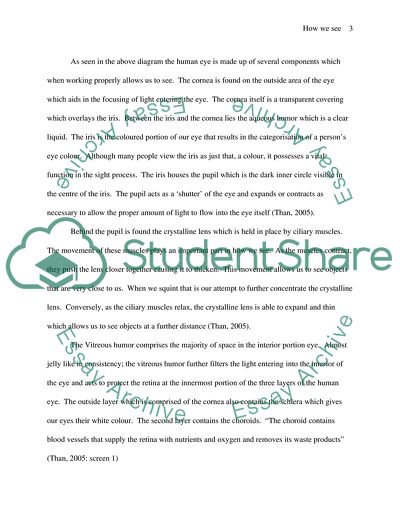Cite this document
(Understanding of the Vision Process Research Proposal, n.d.)
Understanding of the Vision Process Research Proposal. https://studentshare.org/biology/1703910-biological-psychology
Understanding of the Vision Process Research Proposal. https://studentshare.org/biology/1703910-biological-psychology
(Understanding of the Vision Process Research Proposal)
Understanding of the Vision Process Research Proposal. https://studentshare.org/biology/1703910-biological-psychology.
Understanding of the Vision Process Research Proposal. https://studentshare.org/biology/1703910-biological-psychology.
“Understanding of the Vision Process Research Proposal”. https://studentshare.org/biology/1703910-biological-psychology.


